You will need
- A balloon
- Glass jar or metal tin
- Rubber bands
- Sticky tape or superglue
- Paper
- Marker
- Measuring tape
- Kebab stick or straw
- Scissors
- Optional box (otherwise use a wall)
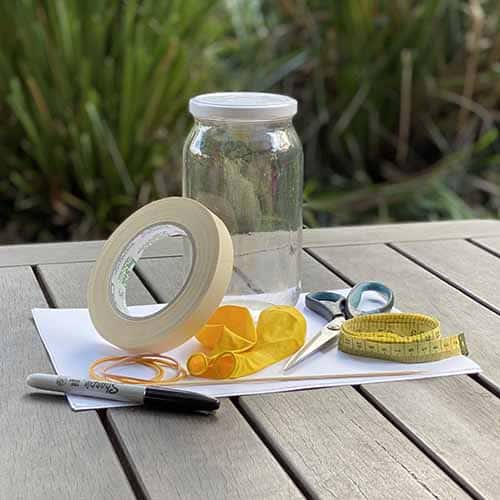

Secure the measuring tape onto the paper and make a mark where the kebab stick is currently pointing. Place arrows pointing up and down, above and below this mark as shown (sunny on the up arrow and cloudy on the down arrow).
The DIY barometer is now ready! Take daily measurements to see any changes of the position of the kebab stick (especially when the weather becomes sunny or rainy). Compare what you are seeing barometric pressure readings from local weather stations, weather maps or even your own barometer.
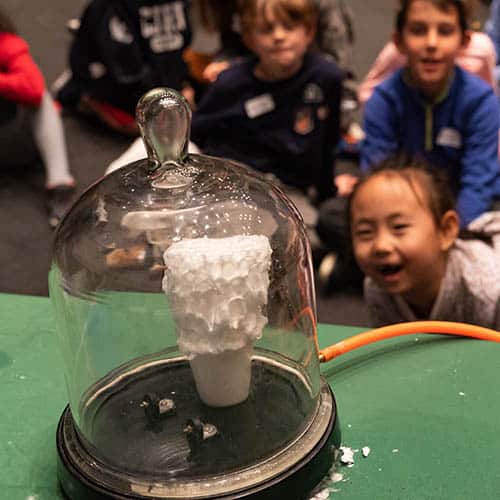
School science visits since 2004!
– Curriculum-linked & award-winning incursions.
– Over 40 primary & high school programs to choose from.
– Designed by experienced educators.
– Over 2 million students reached.
– Face to face incursions & online programs available.
– Early learning centre visits too!
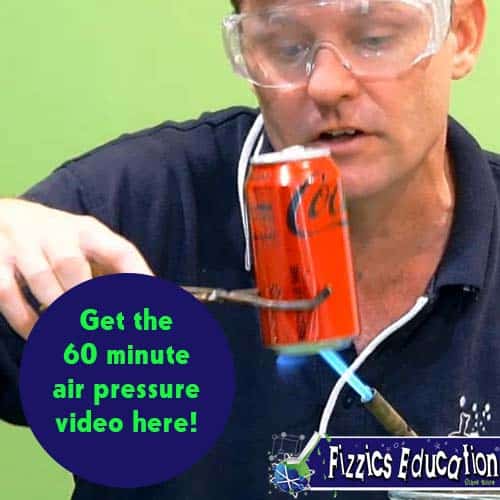
Get the Unit of Work on Pressure here!
- Want to dive into air pressure?
- It’s all about air pressure in many ways!
From how storms form to how planes fly, this unit covers many concepts about air pressure.
Includes cross-curricular teaching ideas, student quizzes, a sample marking rubric, scope & sequences & more
What is going on?
Your DIY barometer relies on changes in air pressure to change the volume of air inside the jar.
As you sealed the balloon tightly across the jar opening, you trapped a set amount of air molecules within the jar. Two things can now occur:
- If the air inside the jar expands, it will push the balloon upwards and so the kebab stick will point downwards towards ‘cloudy’.
This happens if the air pressure outside the jar is low, causing the air inside the jar to able to expand more easily as there is less air pushing on it. - If the air inside the jar contracts, the balloon will move inwards and make the kebab stick point upwards towards ‘sunny’.
This happens if the air pressure outside the jar is high, causing the air inside the jar to be pushed into the jar by the surrounding higher pressure.
Variables to test
- What happens if the balloon is not stretched tightly across the jar opening?
- Does using a straw make any difference?
- Does having a different volume of jar or tin make a difference?
- If you heat the jar with a hair dryer, what happens?
- If you cool the jar with ice or iced water, what happens?
- Teaching about air pressure? Check out the Flight or Weather show!
- Teaching about Newton’s laws? Check out the Forces, Friction & Movement workshop!
Get in touch with FizzicsEd to find out how we can work with your class.
Flight or Weather
Years 3 to 6
Maximum 30 students
School science show (NSW & VIC)
60 minutes
Online Class Available
Earth and Space K to 2
Years K to 2
Maximum 30 students
Science workshop (NSW & VIC)
60 or 90 minutes
Online Class Available
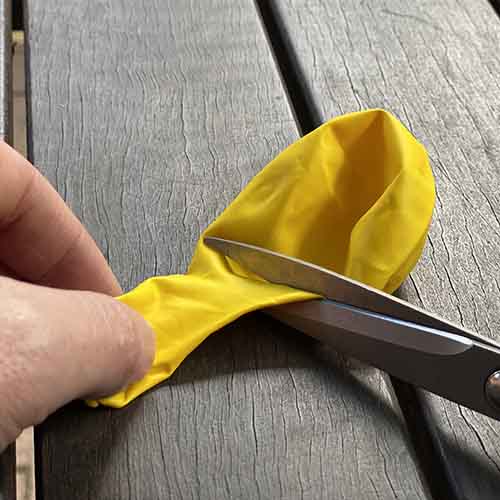
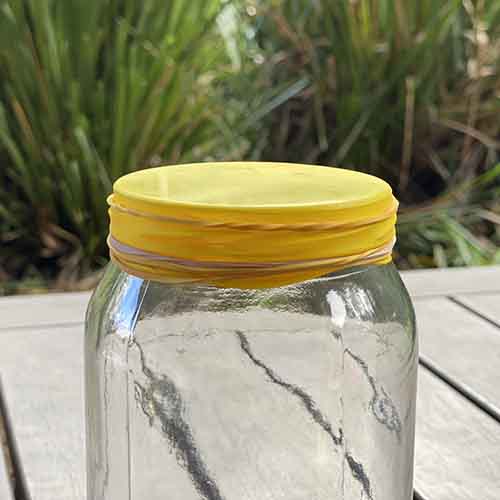
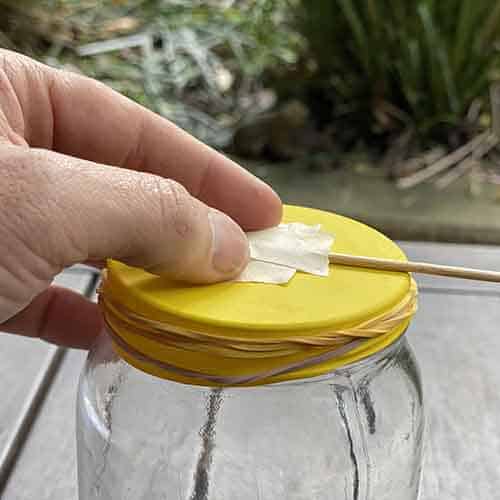



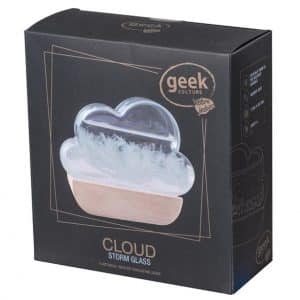
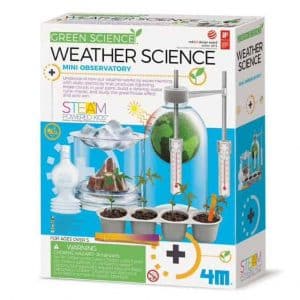























Comments